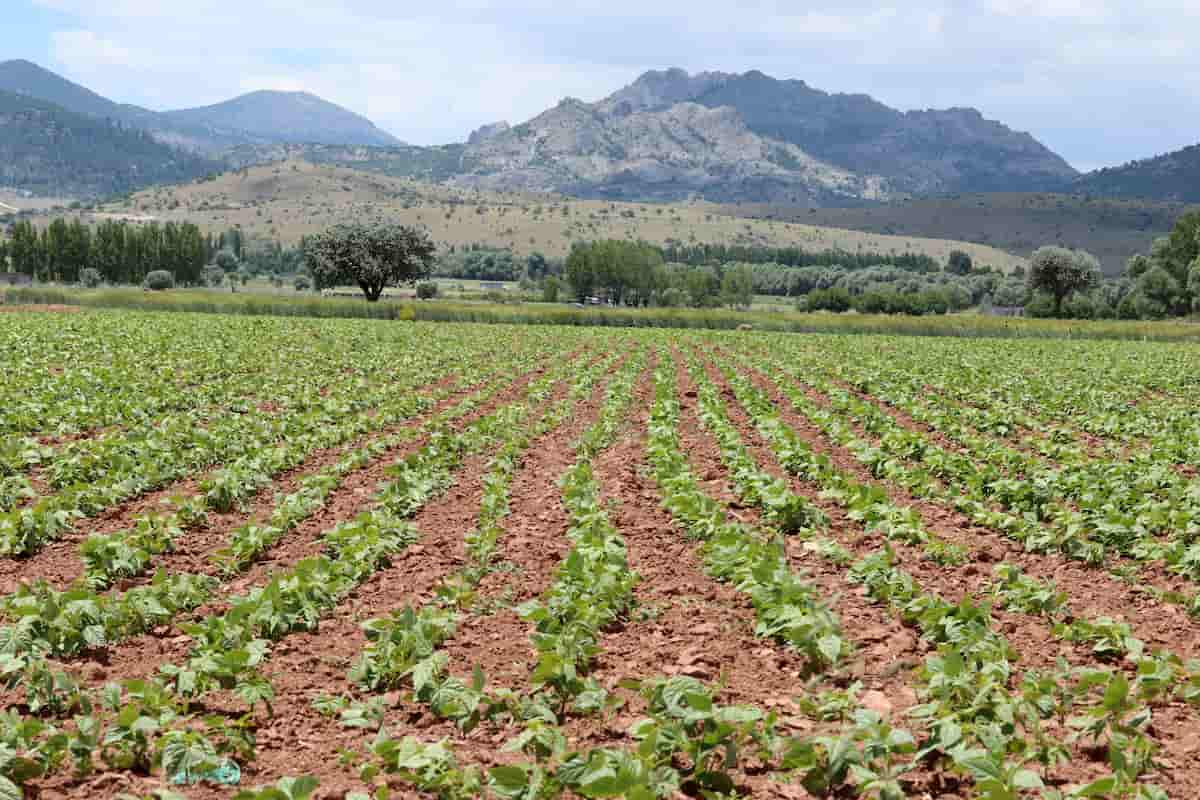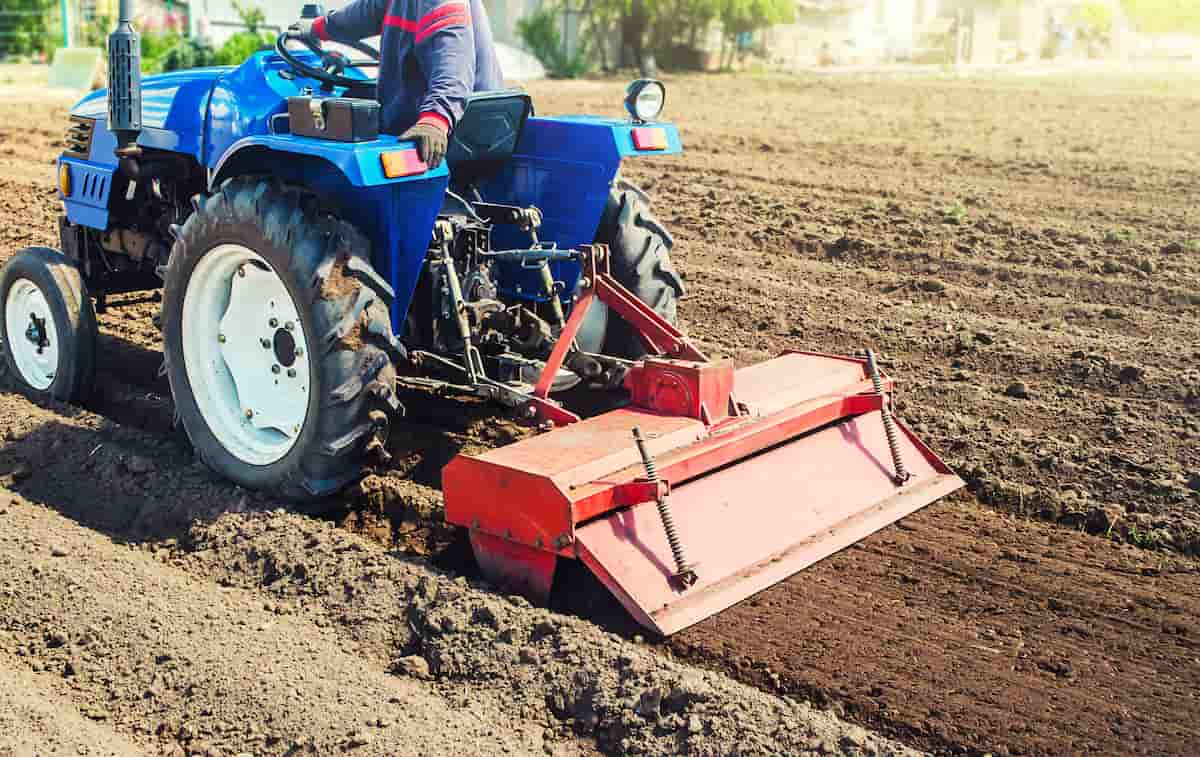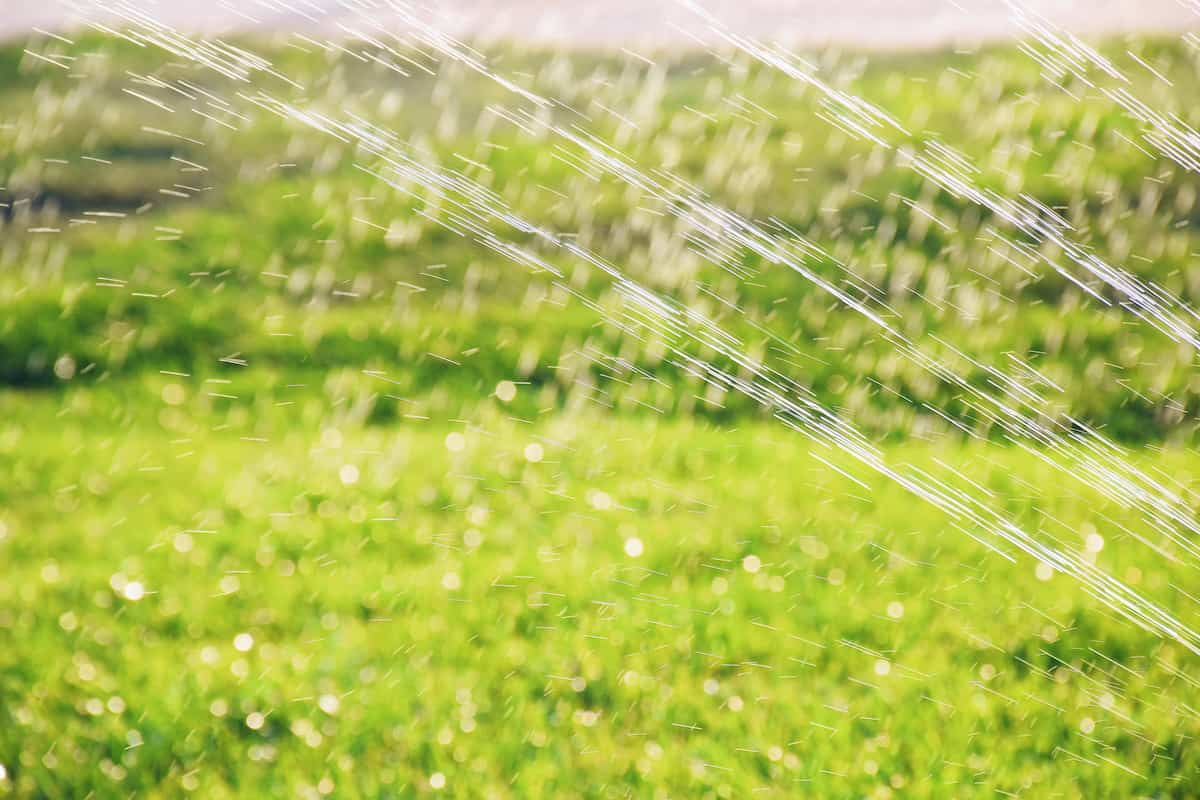Horse gram is a significant crop in Southern India, with its grains used for human consumption in the form of ‘dal’ and ‘rasam,’ as well as a concentrated feed for cattle. This crop also serves as green manure. It is typically grown when farmers cannot sow other crops due to a lack of timely rains or in vacant spaces within citrus orchards. Horse gram is cultivated in several states across India, including Karnataka, Andhra Pradesh, Odisha, Tamil Nadu, Madhya Pradesh, Chhattisgarh, Bihar, West Bengal, Jharkhand, and the foothills of Uttaranchal and Himachal Pradesh.

Horse Gram (Kulthi Dal) Production Guide
Best Package and Practices of Horse Gram High Production
High production of horse gram, it is recommended to sow the crop during the kharif season. Seeds should be treated with Trichoderma viride or Pseudomonas fluorescens before sowing. The crop requires well-drained soil and moderate rainfall. Adequate nutrients and irrigation should be provided at different stages of growth. Weed management is crucial, and intercropping with other legumes is beneficial.
Land/ Field Preparation and Soil Requirements for Horse Gram
Horse gram is typically cultivated in lateritic soils in South India, but it can also grow in a range of soils as long as they are free from alkalinity. Minimal field preparation is needed, with 1-2 ploughings followed by planking sufficient to create a desirable seed bed. The crop’s versatility is that it can grow in poor soils where other crops struggle, but neutral pH soils are best for quality seed production.
In case you missed it: Black Gram Production Guide: A Step-By-Step Cultivation Practices

Temperature, Climatic, and Rainfall Requirements for Horse Gram
Horsegram is a highly drought-resistant crop that grows best in moderately warm, dry climatic conditions. It is not suitable for higher altitudes due to cool and wet weather. Optimum growth occurs between 25-30°C and relative humidity of 50-80%. Heavy rains during the initial stages can negatively impact nodule formation due to poor soil aeration. However, horse gram can thrive in areas with as little as 800 mm of well-distributed rainfall, making it suitable for low-rainfall regions.
Propagation Method and Seed Quality for Horse Gram
Seeds propagate horse gram. The seeds should be of good quality, have a high germination rate, and be free from pests and diseases.
Seed Treatment for Horse Gram
Horse gram seeds should be treated with carbendazim (bavistin) at 2g per kg of seeds to prevent fungal infection. In addition, a fungicide such as Trichoderma viridi at a rate of 4g per kg seed is recommended. Seeds should also be inoculated with Rhizobium and PSB culture at 5-7 g/kg of seed to promote plant growth and health after fungicide treatment.
Seed Rate and Spacing for Horse Gram
Horse gram is usually sown by broadcast method with a 40 kg/ha seed rate for grain and fodder purposes. A 25-30 kg/ha seed rate for line sowing is sufficient for grain crops with row spacing of 40-45 cm during kharif and 25-30 cm during rabi. Plant-to-plant spacing of about 5 cm should be maintained.
Sowing Method for Horse Gram
Horse gram is usually sown as a sole crop by broadcasting, and the seeds are then covered by planking. However, if it is sown in rows, the recommended spacing for short-duration varieties.
Crop Rotation and Intercropping in Horse Gram
Crop rotation and intercropping are important practices in horse gram cultivation to improve soil fertility, prevent pest and disease build-up, and increase overall productivity. Some crops that can be rotated with horse gram include maize, sorghum, cotton, and sugarcane. Intercropping with legumes such as pigeon peas, black gram, and green gram can help fix atmospheric nitrogen while intercropping with sesame, groundnut, and sunflower can provide additional income.
Manure & Fertilizer Applications in Horse Gram
For optimal growth, horse gram requires 20 kg nitrogen and 30 kg P2O5 per hectare as basal application during sowing. This should be applied 2-5 cm below and to the side of the seed using a fertile-seed drill. Proper fertilization is crucial for the successful management of the crop.
Weed Management and Herbicide Application in Horse Gram
Early weeding or hoeing is sufficient for weed control in horse gram due to its vigorous growth. Pre-emergence application of Pendimethalin at a rate of 0.75-1 kg a.i./ha is recommended. On the one hand, weeding should be done 20-25 days after sowing to ensure better crop growth and yield.
Water Management in Horse Gram
The crop requires irrigation at the flowering and pod formation stages.
In case you missed it: Red Gram Production Guide: A Step-By-Step Cultivation Practices for Beginners

Disease Control in Horse Gram
Horsegram is susceptible to various diseases, including Cercospora leaf spot, bacterial leaf spot, anthracnose, root rot, mosaic complex, and powdery mildew. Symptoms of Cercospora leaf spots include circular, brown, water-soaked spots with yellowish halos on leaves and green fruits. Bacterial leaf spots cause black lesions with concentric rings that kill the foliage. Anthracnose results in circular, sunken spots on leaves and pods with red-orange margins.
Root rot causes decay, damping-off, blight, and stem canker. Mosaic complex symptoms include yellow patches and stunted growth. Powdery mildew causes whitish leaf patches, premature defoliation, and yield losses. These diseases survive and spread under favorable conditions, such as moist weather, high humidity, warm and rainy weather, and semi-persistent transmission through aphids and whiteflies.
Pest Control in Horse Gram
The pod borer is a pest that can cause significant crop damage, with multiple generations per year. Natural enemies include parasitoids such as Trichogrammatoidea armigera and Bracon debtor. Plant parasites have a relatively simple life cycle, with the eggs hatching into larvae that infect plant roots. Infected plants may show symptoms such as galls, knobby and knotty roots, reduced water function, and nutrient uptake. The nematodes can survive in infected plant debris and soil and may be spread by water or other hosts.
Harvesting and Threshing of Horse Gram
Kharif pulses from the Vigna group, and it is important to sun dry clean seeds for 3-4 days. This will help to reduce their moisture content to 9-10%, which is necessary for safe storage in suitable bins.
Horse Gram Yield per Acre
Implementing an improved set of agricultural techniques can yield 6-10 quintals of grain per hectare.
Conclusion
Horse gram or kulthi dal is a highly nutritious and drought-resistant crop that can benefit farmers. With proper cultivation practices such as appropriate seed selection, soil preparation, sowing, irrigation, and pest management, farmers can increase their yields and improve their income. Additionally, horse gram can also contribute to soil health and conservation.
- Feed Your Flock for Less: Top 10 Tips to Save on Chicken Feed
- Ultimate Guide to Ossabaw Island Hog: Breeding, Raising, Diet, and Care
- Hatching Answers: The Top 10 Reasons Your Chickens Aren’t Laying Eggs
- Eggs and Economics: Breaking Down the Cost of Raising Backyard Chickens
- Defend Your Greens: Proven Methods to Keep Iguanas Out of Your Garden
- Ultimate Guide to Cinnamon Queen Chicken: A Comprehensive Guide for Beginners
- Ultimate Guide to California Tan Chicken: Breeding, Raising, Diet, Egg-Production and Care
- Ultimate Guide to Marsh Daisy Chicken: Breeding, Raising, Diet, and Care
- 10 Types of Chicken Farming Businesses You Can Start for Profits